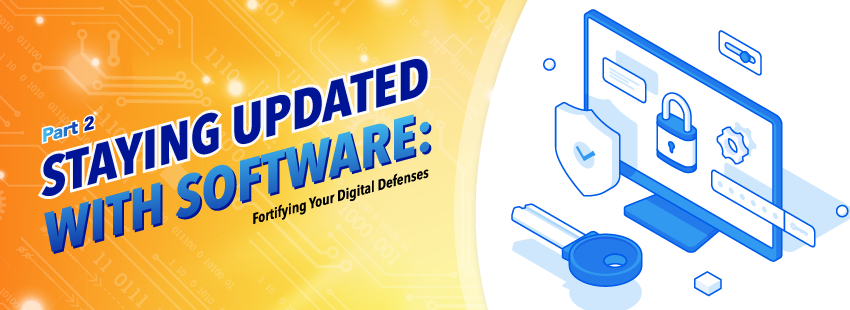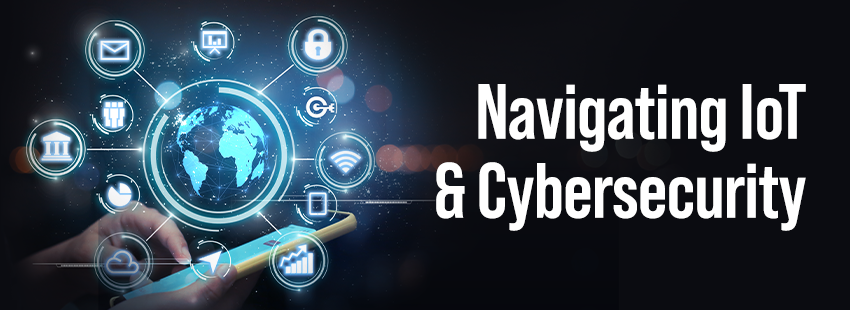Introduction
Welcome to Part 2 of our blog series on Cyber Hygiene: “Staying Updated with Software.” This installment delves into the critical importance of regularly updating software, operating systems, and applications to minimize vulnerabilities and strengthen your digital defenses. Hackers frequently exploit outdated software to gain unauthorized access to devices and systems, making software updates a vital component of your cyber hygiene practices. The National Vulnerability Database reported that unpatched vulnerabilities caused 60% of data breaches in 2022. Let’s explore why staying updated with software is crucial for your digital well-being.
The Perils of Outdated Software:
Outdated software poses a significant risk to your digital security. Software developers continually release updates that introduce new features and address security vulnerabilities. When you fail to install these updates promptly, you leave your devices and systems vulnerable to exploitation by cybercriminals.
Hackers actively search for unpatched vulnerabilities, exploiting them to gain unauthorized access, compromise your data, or install malicious software. They employ various techniques, such as exploiting security loopholes or utilizing known vulnerabilities for which patches have been released. By keeping your software up to date, you close these security gaps and fortify your defenses against potential threats.
Minimizing Vulnerabilities with Software Updates:
Regularly updating your software, operating systems, and applications is a proactive measure that helps minimize vulnerabilities. Software updates typically include security patches, bug fixes, and performance improvements. Applying these updates ensures your devices and systems have the latest protections against emerging cyber threats.
Software developers work tirelessly to identify and address vulnerabilities discovered within their products. When they release updates and patches, they effectively provide a shield against potential attacks. Therefore, failing to update your software promptly exposes you to known vulnerabilities that hackers exploit.
Automating Updates for Seamless Protection:
Consider automating the update mechanism to streamline the software update process and ensure consistent protection. Many operating systems and applications offer automatic update options, allowing you to set preferences for when and how updates are installed. Automating updates eliminates manual intervention and promptly applies critical security patches.
Automating updates minimizes the risk of human error or oversight and enhances your cyber hygiene practices. This way, you can rest assured that your devices are continuously equipped with the latest security enhancements, mitigating the potential impact of cyber threats.
Conclusion:
Staying updated with software is vital to maintaining cyber hygiene and fortifying your digital defenses. The risks of outdated software are substantial, as hackers actively exploit vulnerabilities to gain unauthorized access and compromise your digital well-being. By promptly installing software updates, you minimize vulnerabilities, protect your data, and enhance your overall digital security.
In Part 2 of our blog series, we have highlighted the importance of staying updated with software, operating systems, and applications. Regularly applying security patches and bug fixes closes security gaps and reduces the risk of falling victim to cyber threats.
Stay tuned for Part 3, where we explore safe browsing practices and provide valuable insights on navigating the digital landscape securely. Remember, your commitment to cyber hygiene empowers you to create a safer digital environment for yourself and others.






